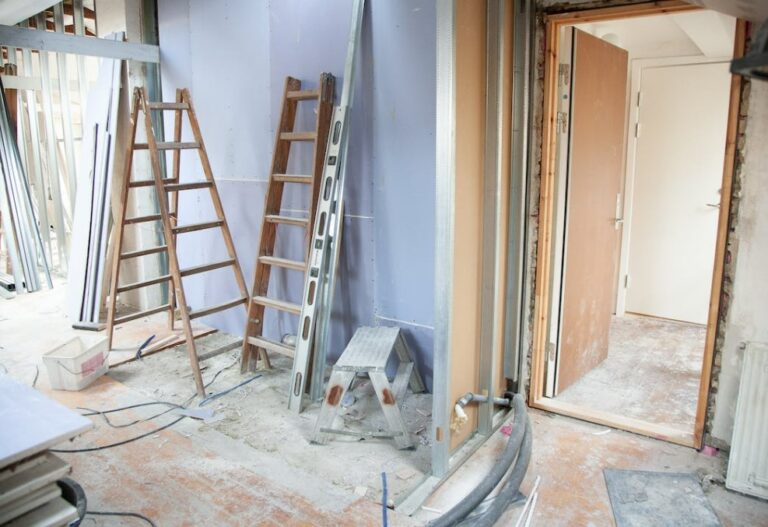Reducing heat transfer and preserving energy through thermal insulation is crucial in the pursuit of energy efficiency and sustainability, especially in buildings and industrial applications.
The use of efficient thermal insulation materials is crucial for these goals, as is the reduction of energy use and associated greenhouse gas emissions.
In this article, we will look into the most efficient thermal insulation materials available today.
Table of Contents
The 5 most efficient thermal insulation materials
1. Polyurethane Foam (PUR)
The exceptional thermal insulation qualities of polyurethane foam make it a popular insulation material. It provides superior thermal insulation and has a low thermal conductivity.
The reaction between polyol and isocyanate produces a foam structure in PUR foam. Its low air permeability and closed-cell structure make it an effective heat-insulating material. They have a low density, coming in at around two pounds per cubic foot. The R-value of these materials is roughly R-6.3 for every inch of thickness.
Low density foams can also be sprayed into uninsulated spaces to add insulation. Polyurethane insulation is typically about R-3.6 per inch in thickness. This insulation is beneficial since it does not easily catch fire. PUR foam is commonly used in HVAC, refrigeration, and insulation.
2. Mineral Wool
Insulation needs are often met by mineral wool, which can come from either fiberglass or rock. It is manufactured by melting and spinning raw materials like glass or basalt at high temperatures.
Mineral wool thermal insulation is available in many different forms, such as roll, batts, and loose-fill, and has an R-value of 3.0 to 3.3 for every inch of thickness, similar to that of fiberglass. Mineral wool maintains its thermal performance over time, and its high-heat production method removes any organic content, making it an unsuitable medium for the growth of mold and mildew.
Mineral wool is an excellent long-term investment due to its natural components, although it is more expensive up front. Since most mineral wool does not contain fireproofing chemicals, it is not a good choice for environments with high temperatures. However, it cannot be burned.
Mineral wool is heavy, making it less desirable for certain initiatives, but it is made from recyclable, noncombustible components that increase a building’s fire safety. It’s typically used in attics, HVAC systems and walls, to improve comfort and efficiency.
3. Cellulose
Insulation made from cellulose is considered to be one of the greenest options available. Cellulose is a loose substance that can be obtained by recycling paper, cardboard, and other similar materials.
Cellulose has an R-value between 3.2 and 3.8 per inch of thickness, and its production procedure reduces its cost. Cellulose is more combustible than wood, although it can be treated using substances like boric acid to make it less appealing to insects and mold.
Some people may also be allergic to the dust from newspapers, so this substance isn’t without its drawbacks. The availability of skilled workers is also lower than for more common insulating materials like fiberglass. Even yet, cellulose insulation is inexpensive and highly efficient.
4. Fibreglass
Due to its versatility, affordability, and efficiency, fiberglass has become the insulation of choice. In order to reduce heat loss, fiberglass is manufactured by weaving very tiny threads of glass into an insulating substance.
Recycled glass, soda ash, limestone, and other ingredients are melted together to create fiber glass. The molten material can then be spun into fine fibers and woven into a variety of patterns and textures.
Fiberglass is widely available and inexpensive because of mass manufacture; its adaptability also makes it a good choice for do-it-yourselfers. It is practical since it does not wick water or catch fire and has an R-value between 2.9 and 3.8. Fiberglass is suitable for use in smaller spaces like attics and basements, and it is safe for use in residential, commercial, and industrial buildings.
Because of its composition, fiberglass poses a risk during installation since splinters of the material can become embedded in the skin and create irritation. If breathed in, it can permanently harm the lungs.
5. Polystyrene
Waterproof polystyrene thermoplastic foam provides exceptional thermal and acoustic insulation. Styrofoam is available in two forms: extruded (XEPS) and expanded (EPS). There is a price and efficiency gap between the two options. The R-value for EPS is 4, whereas the more expensive XEPS comes in at R-5.5. Polystyrene insulation, unlike every other kind of insulation, has a completely flat surface.
Polystyrene boards have little water absorption, making them mold-proof and lightweight. However, because of its fragility and higher initial investment, foam boards are a riskier option than fiberglass. The sound-dampening and high R-value capabilities of polystyrene make it a desirable material, despite the fact that its chemical composition isn’t biodegradable and can produce toxins when burned.
A greener and more sustainable future
Reduced heat transfer and increased energy efficiency are two major benefits of using thermal insulation materials in construction and manufacturing. The resources shown below are some of the best available choices.
Designers and engineers can choose the best insulating solution for their needs from among a variety of materials, each with its own set of advantages. We can help create a more environmentally friendly and sustainable future by using these thermal insulation products.
Read also: Green building: principles, materials, pros and cons of sustainable architecture












